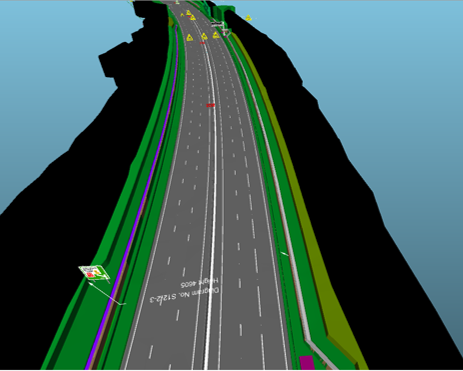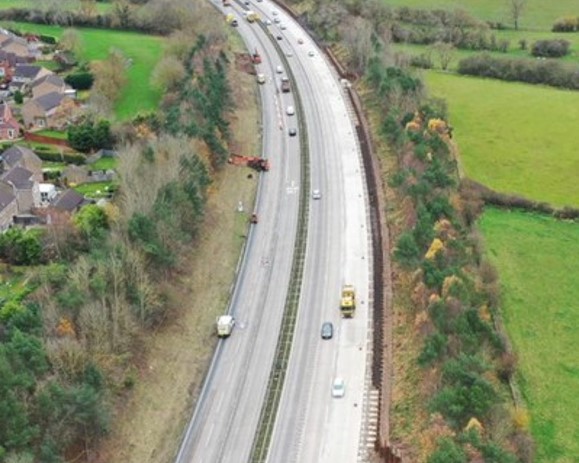When a major highway improvement programme in the Tees Valley got underway in 2020, in partnership with Balfour Beatty, its ‘digital first’ approach proved to be a gamechanger for better collaboration, efficiency, and operations
Project: A19 major upgrade project
Location: Stockton-on-Tees, UK.
Completion: 2021
The aim of the scheme – located on the A19 between Norton and Wynyard in Stockton-on-Tees – was to reduce congestion by increasing capacity for road users in the area, while reducing traffic noise and improving the reliability for peoples’ journeys and reducing delays. The programme also to support economic growth in the North-East of England.
Meet the digital twin
As with any improvement programme of this size, scale and cost – it was complex in size and scale, right down to the last rivet.
Brian Russell, project information manager, said: “When Atkins started working on the scheme, we were committed from day one to using new, digital ways of working. We wanted to see day-to-day improvements in our processes, but we also wanted to hand over a digital twin of the scheme to better support our construction partners, and for National Highways’ maintenance and operation teams, long after we’d left.”
Moving away from traditional technical drawings, the Atkins team opted for a federated model approach using Navisworks, which pulls in all design models used on the scheme and federates them into one collaborated portal. Navisworks makes viewing drainage, highways, barriers and all other elements on the scheme a consistent, clear and user-friendly experience, with graphics of every aspect of the design displayed in a clear, visual format, such as via an iPad.
Russell added: “This lets teams get a clear overview of the entire scheme, but because it’s linked to all the asset data, it also means they can drill down to see where any potential issues or clashes may occur before construction begins.”
The benefits of a ‘digital first’ approach
Encouraging design and construction professionals – many of whom are backed with 30 to 40 years’ experience of handling paper drawings – to take this leap towards digital by default had some challenges.

Russell said: “It was a new experience for most involved and the first time we’d opted to rely on digital plans over any form of paper. So, a shift in working culture was certainly required, and these ‘softer’ issues aren’t always as easy to counter as changing the size or shape of a physical object on a highway.
“But, as a team, we got everyone on board with the idea that this wasn’t a case of scrapping all those years of valuable, built-up knowledge but instead it was a new opportunity to develop a complementary skillset, adding new knowledge, not taking it away.”
Teams were then further boosted by seeing the benefits of putting digital first, “a lightbulb moment” according to Russell, because it would be possible to hand over a definitive digital inventory of the scheme to the client, aligned to the graphics.
No room for misinterpretation
The highly consistent models and asset reports contained within Navisworks gave no room for misinterpretation. The result being a neat, definitive and detailed package, all in one place. There was no doubt at this point that asset details contained within it, from manufacturers to the date of installation, trumped the traditional handover which, said Russell, “typically involves a host of technical drawings that are filed away in a cabinet and never looked at again”.
As such this scheme is a textbook example of PPT: People, Process and Technology. When you get the right balance of all three, you empower delivery because there’s greater control and more visibility, so operations are given rocket boosters. But what does this tell us about the impact of a ‘digital first’ approach on the scheme’s eventual success? This is surely what any motorist would want to know?
The scheme was open 6 months ahead of the planned construction schedule
National Highways had set a construction time of two years for this scheme, and the road was open to traffic around six months ahead of the planned construction schedule. So it’s not beyond the realms of possibility to conclude that closer collaboration, underpinned by some great digital tools, have helped the scheme along its way with greater efficiency, pulling forward the completion date.
So, for the road users of the A19 between Norton and Wynyard, it means journeys will not just be quicker, safer and will create less noise, but they’ll become a reality quite a bit sooner, too.
Brian Russell
Project information manager
Atkins

















